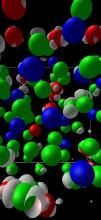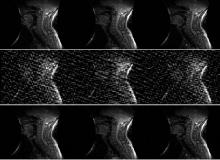Accelerating Computer Communication
Modern high performance computing systems allow scientists and engineers to tackle grand challenge problems in numerous fields, such as astrophysics, earthquake analysis, weather prediction, nanoscience modeling and biological computations. In concert with the many use cases, the field of computer architecture, interconnection networks and system design is undergoing rapid change.









